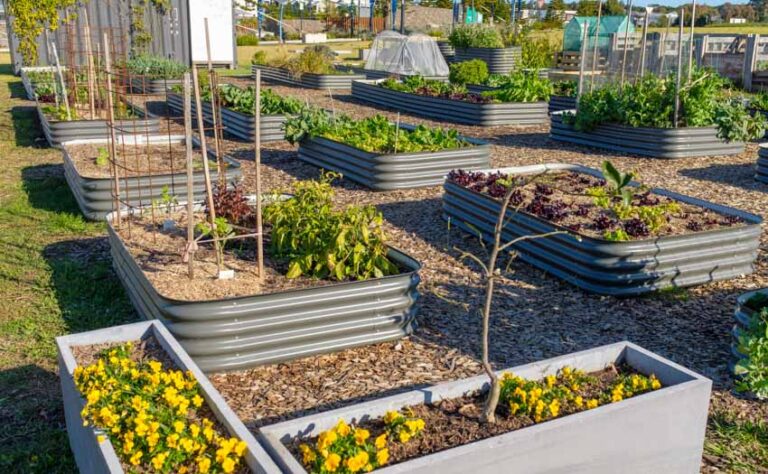Types of Mint Plants (7 Varieties & Care Tips)
Mint could be considered one of the most versatile herbs out there. Since humans first started to use herbs as food, medicine, and ritual components, it has been a top choice, and for good reason. Today, it’s still used in medicine, tea, seasonings, hygiene products, and our herb gardens. The plant’s long history in our herbal journey alone proves it’s an herb worth keeping.

If you’re planning on adding this plant to an herb garden or as a kitchen windowsill plant, you’d be making a good choice. However, when there are tons of different mint species out there, how does one choose which type to grow?
Mint grows differently according to its environment. Some types of mint can tolerate sun and heat, while others prefer to grow in a dark, cool, shady area without any mention of dry soil. To help you find the right one, check out this list of commonly grown types. [toc]
Quicklook: Different Types Of Mint
• Spearmint
• Chocolate Mint
• Peppermint
• Apple Mint
• Watermint
• Pineapple Mint
• Orange Mint
Spearmint
Spearmint could very well be considered the original minty plant. It grows wild in regions of the US including the Pacific Northwest and along the inner East Coast in heavily wooded evergreen rainforests.
Its mild aroma is favorable in all sorts of applications, even earning a place as a standard flavor for chewing gum and tea. This type prefers sandy soil and plenty of moisture.
Chocolate Mint
The best mentha creation by growers thus far, chocolate mint is a hybridized type that has a sweet, rich undertone to it. Ironically, the stems of this variety are often brown, and the leaves have a bit of a chocolate brown undertone to them in shade, especially underneath the leaves.
Peppermint
The darling of the mint world, peppermint is a highly aromatic version with plenty of eye-stinging properties. You may have guessed it already, but peppermint is arguably the strongest version that we know of.
Peppermint is extremely popular in flavorings, aromatherapy oils, and hygiene products like toothpaste. It’s very easy to grow if you have plenty of shade to offer.
Apple Mint
This variety is unique in that it’s also considered “woolly mint,” which is a fitting name given the hairy quality of this plant. Highly aromatic and a little on the lighter side, apple mint is a great variety to grow if you love this herb in everything.
One thing about this plant to note is that it grows incredibly quickly, so if it’s planted in a raised bed or a garden, it can overgrow nearby plants in record time.
Watermint
Named for its tendency to grow in waterways, along ditches, and even in creek beds, watermint is a member of the mint family that needs much more moisture than other types of mint. It’s frequently grown commercially to be used in ecological installments that prevent erosion.
However, if you’re looking for a variety that can grow near or on a water feature in your backyard, this is the plant to search for.
Pineapple Mint
Even chocolate mint can’t top the visual appeal of pineapple mint. Its variegated leaves make it one of the more popular types, and it’s often sold in a wide range of pot sizes and hanging baskets.
Pineapple mint makes an interesting ground cover and can be used in the kitchen as well. This plant is commonly used in landscaping to prevent insects and other pests from invading yards and gardens.
Orange Mint
From the same cultivar as chocolate mint, this decadent, citrusy mint species is unlike the rest. Its leaves may be darker in color, but it can tolerate slightly lighter conditions than most types and will even persevere through mild droughts.
Despite its hardiness, this plant likes to be planted in rich soil and watered frequently. It’s commonly used in drinks, food, and summer teas.
How to Care for Mint
These plants are fairly picky about where they’ll grow in some climates. They prefer to stay within the ranges of USDA zones 3-8, but can be grown indoors in climates outside these US zones.
With proper care, they can thrive almost anywhere. The plant tends to prefer lower light conditions. Full sun will scorch the leaves quickly, so avoid hot afternoon sun exposure. See our top picks for the best low light houseplants here.
If anything, the morning sun is best for these plants. Any type of mint that has variegated leaves, such as pineapple mint, should not be exposed to any full sun but rather a dappled mixture of sun and shade. Under a tree or structure is best for these plants that are especially susceptible to sunburn.
A perennial in most zones, this plant typically goes through both dormant and growing seasons. In the spring, it begins to sprout and produce new growth.
This is the best time to fertilize using organic fertilizer. However, at the end of Summer or perhaps even into the early Fall, these plants will die back and go into dormancy.
Be sure to plant it either in well-draining containers or raised beds with sandy soil. Since it prefers to grow in wet areas like riverbanks in the wild, mixing sand into the soil helps them feel a bit more at home. It also helps to build a solid root system and to prevent underwatering, the plan’s most common killer.
How Often Should You Water Mint?
These plants should never be allowed to dry out completely. Once they do, it can be difficult to turn back the clock on the wilting and crisping that often happens to mint foliage following a dry spell.
Thus, it’s important to follow a regular watering schedule to ensure that your plant doesn’t end up with the same fate. Frequent watering can help keep your mojito crop in good condition!
Watering should happen primarily in the morning and/or late evening when the sun isn’t beating down on your plants. Watering during these times prevents excessive evaporation of water meant for these plants, and also allows the mint to focus on water uptake, rather than try to juggle water absorption and photosynthesis during peak times of the day.
Most climates call for a good, healthy watering every two days or so in zones 3-5, but warmer zones like 6-8 should water daily in the warmer months, when temperatures rise above 75 degrees during the day for longer than an hour. If the soil begins to appear dry on the top layer, it’s time to give your plants a good soaking.
Always ensure that this type of plant has proper drainage. While they’ll happily grow near a water source such as a river or pond, they won’t grow in a body of water, let alone a brackish mud puddle. Never allow water to sit idly at the bottom of the pot to prevent root rot situations.
How to Trim Mint
Inevitably, mint eventually grows to be rather tangled and unruly. It’s also an avid spreader; plant this herb in a garden with other plants, and it’ll eventually overgrow everything else if left to its own devices.
Trimming is easy to keep this plant from taking over your garden. You will need a pair of sharp, very clean shears or scissors and a place to put the cut stems.
Starting from the tallest growth first, cut back each stem about three-quarters of the way down the stalk. Leave newer stems to grow without trimming until they, too, get to be too large.
You can also remove flower buds before blooming if you’d like your mint to stay in good condition, but letting them bloom helps out the pollinators and gives you some tiny white clusters of blooms for your garden.
You may need to trim more than once per growing season, depending on the climate where you’re growing your plant, and if you’re growing it indoors or out.
For indoor trimming, prune back any stems that start to become leggy or spotted with brown. Cut them back until they’re only a couple of inches tall, and you’ll see new stems coming up to replace them in no time.
If the project is a little bigger than a few sprigs and this type of plant is taking over your garden, welcome to the rest of your life. Mint will never leave your garden; if you dig up every root you can find, another sprout will appear in a year or two. To reclaim some of your garden space, dig up the roots from the soil in the affected areas.
Then, to keep any remaining roots from sprouting back up again, continue turning the soil and removing roots as you see them for the next couple of weeks. Removing as much of the roots as possible will help prevent more outbreaks in the soil.
Use retaining wall blocks or other stones to corral the plant you don’t want to spread, and remove any shoots that get under or over the rocks as soon as you spot them.
How to Harvest Mint Without Killing It
Whether it’s mojito-o’clock or you just need a little garnish for your dessert, it always comes down to cutting some of the plant back to use. The question is, how much mint can you cut back without harming the plant? The good news is that this herb is extremely hard to kill, and its weed-like qualities make it a great permanent asset to your garden.
It’s a simple process. However, before you go chopping away at your plant with random house scissors, consider this: you wouldn’t close up a scratch on your hand with a dirty paper towel, and trimming plants is absolutely no different. Plants can get sick from pathogens entering open wounds, but you can easily prevent this from happening.
Using a pair of clean, sanitized or hand-washed shears or sharp scissors of any kind (that are tough enough to cut a stringy stem), snip the stem about three quarters of the way down just above a leaf node.
Cutting at this point encourages the cut stem to continue to grow, whether it be from side shoots or new stems at the base. Either way, you get more of this herb.
This plant doesn’t care much about how much you cut away using the three-quarters method so long as it isn’t extremely hot or cold outside. It’s easier to bounce back from a trim when a plant isn’t trying to actively cool or warm itself, both of which expend precious energy. Aim for lighter snips on extreme days, but you can harvest more on temperate days.
How to Plant Mint Seeds
The process of planting mint seeds depends heavily upon whether you’re starting them indoors or outdoors. Typically, these seeds are fairly small but relatively easy to handle.
They sprout in about two weeks, but generally, they do best when planted early indoors or late outdoors. If you’ve ever had any experience successfully sprouting seeds, these should be a breeze.
To start the seeds indoors, they’ll need to be planted super early. Start planting about eight weeks before the danger of the last frost usually passes.
The seeds should be planted at about ¼ inch depth, in moist soil and covered with clear plastic until sprouted. Temperatures should stay at least 60 degrees fahrenheit for the fastest germination times, but it’s not necessary to use a heating pad or heater for seeds that are starting in a regular household.
Something that indoor seeds frequently need is light. While outdoor seedlings have plenty of access to the sun itself, indoor seedlings don’t share the same luxury. They should be placed either in a bright, sunny window or under a full-spectrum LED light bulb (most regular LED bulbs are full-spectrum, but the “daylight” kinds work the best!).
If you’d prefer to keep the dirt outside, that’s your business, and you’ll only have to wait two months or so to start seeds outside. However, you’re in the clear once the danger of frost or overnight freezing weather has passed. Plant the seeds in nice, rich soil at ¼ inch depth and wait about two weeks to see the little seedlings poke their heads up for the season.
Can You Plant Different Types Together?
In some plant families, there are varieties that require very different growing conditions than their closely related counterparts. The same is not true for this plant.
Most mint species are similar enough to tolerate each other’s preferences for light, water, and fertilizer just the same as they would their own. The differences in growing preferences between species are so slight that they don’t make much of a difference.
Plant mint in full sun to partial shade in moist soil. Water well to establish. If you’re planting more than one plant, space at 12 to 18 inches. – Mid-Atlantic Gardener’s Handbook, Katie Elzer-Peters
That being said, if you have a plant growing in a specific spot and want to add another type, there’s no reason not to try it out. It can also be planted together in the same containers, so long as they each have adequate room to spread out and stretch during the growing season.
Different types of mentha plants may compete for resources if packed too tightly together, but when planted correctly, they can be one big minty family.
What Can I Plant with Mint?
Minty plants are a great companion plant that offers many benefits to neighboring plants. Not only does it repel unwanted pest insects and attract the right pollinators, but it also helps break down essential nutrients in the soil that are made more easily available to other plants.
Here are some of the best plant varieties to plant alongside this particular herb in the garden.
• Oregano. A similarly pungent herb, oregano, makes a great companion. It can thrive on less than full sun, likes water, and does its part to help repel an even wider variety of pest insects. Blooms of oregano plants are also fairly similar to mentha plants, which help to attract pollinators to vegetable and herb gardens.
• Carrots. Carrot flies are a very common garden pest. They lay their eggs around underground carrots, which eventually hatch and destroy your precious root vegetables. Mentha is particularly harsh to the carrot fly, effectively repelling them when planted near carrots and other root vegetable crops.
• Tomatoes. Mentha is a useful tool in preventing tomato-specific pests such as spider mites and aphids, which are common issues with most nightshade plants like tomatoes, eggplant, and peppers. Aphids, in particular, have a hard time landing on tomatoes and their counterparts when a thicket of intense mentha plants surrounds them.
• Lettuce. Another calling for mentha plants is to protect lettuce plants from their many perpetrators. Lettuce is an especially susceptible plant to all sorts of threats: bugs, slugs, deer, and even rabbits. It is a great pest and animal repellent, and it does a good job of keeping pesky lettuce-eaters out of those tender leaves.
• Peas. Aside from the standard repellent of all things crawly and annoying, It can serve other purposes as a companion plant. It can protect peas while also reaping a mutual benefit with peas: both plants can help shield each other from the sun’s harshest rays. Pea varieties that are especially sensitive to bright, direct light may benefit from sharing a space with the mentha plant.
While these are more common companion plant, there are many, many more that are perfect for planting with the mentha plant. Consider blooming plants like marigolds or even perennial flowers such as tulips. It makes for an amazing color contrast against a wide variety of flower colors in the Summer.
Are All Varieties of Mint Edible?
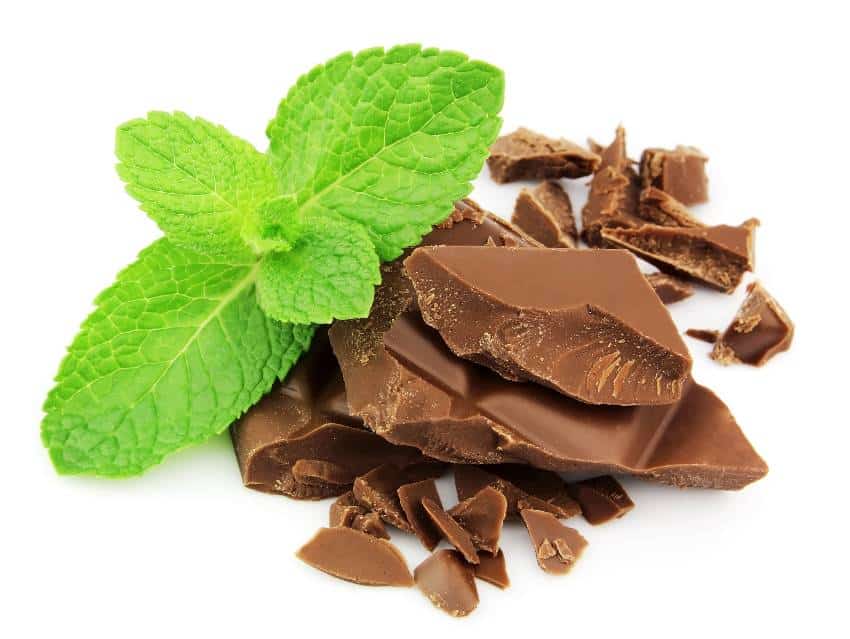
The best way to decide whether or not a species of mentha is edible is by checking for the aroma. Some varieties, such as spearmint and peppermint, are incredibly aromatic and have that signature, tell-tale minty smell and taste. However, if you find a species that doesn’t share the same intense smells, it’s likely not for consumption.
Is Mint Toxic to Dogs & Cats?
It may be fine for us to snap off a sprig of mentha specimen and nibble on it here and there, but not for our pets. Cats and dogs can both experience negative side effects from consuming minty foliage, particularly the harsh essential oils within the veins and stems of the plants.
Catmint, otherwise known as catnip, is, however, not toxic to cats or dogs, but it can certainly stink up a room when harvested fresh. Read more about houseplants that are safe for cats here.
What Is The Best Tasting Mint?
The best tasting mentha specimen depends on the mint’s application. For instance, you wouldn’t use spearmint to make a mojito, and you surely wouldn’t use a woolly type as a garnish.
Despite the obvious choices for some cuisines, it’s not always an easy choice for some things. For example, peppermint is the best option for drinks containing this herb, including tea, but spearmint is a great seasoning for meats and roasted vegetables.
There are also types of mentha specimens that work better for desserts and as garnishes. The chocolate type is great flavor-wise for most dessert dishes, as it has that rich, sweet undertone that helps blend it in with other sweet flavors.
Peppermint is a clear choice for garnish, as it’s a bit stronger and more aesthetically pleasing, paired with a variety of different colors.
Plants Related to Mint
Plants that are similar to mint make fairly good garden companions for this herb. Other members of the mentha family like to maintain fairly similar growing preferences, like indirect sun and lots of water. They can also have their own qualities that make them more favorable to have around.
Tons of the most popular herbs worldwide are members of the mentha family. Thyme, basil, lavender, rosemary, and even oregano are more distantly related to this herb, though they still share some physical properties like a four-sided stem or clustered leaves.
One of the more underrated family members that rarely gets consideration for a spot in the herb garden is lemon balm. Much like the mentha herb, this plant prefers indirect sunlight, lots of water, and well-draining soil. It can also take over a garden in little time, so be sure to box it in well.
Of all the plants related to this herb, many are very well known in their own right, but many others are frequently overlooked. If you’re looking for something similar to mentha, try branching out a tad to see if there’s something better suited for what you’re looking for.
For more related content, visit our outdoor herb gardens plant selection & care guide.

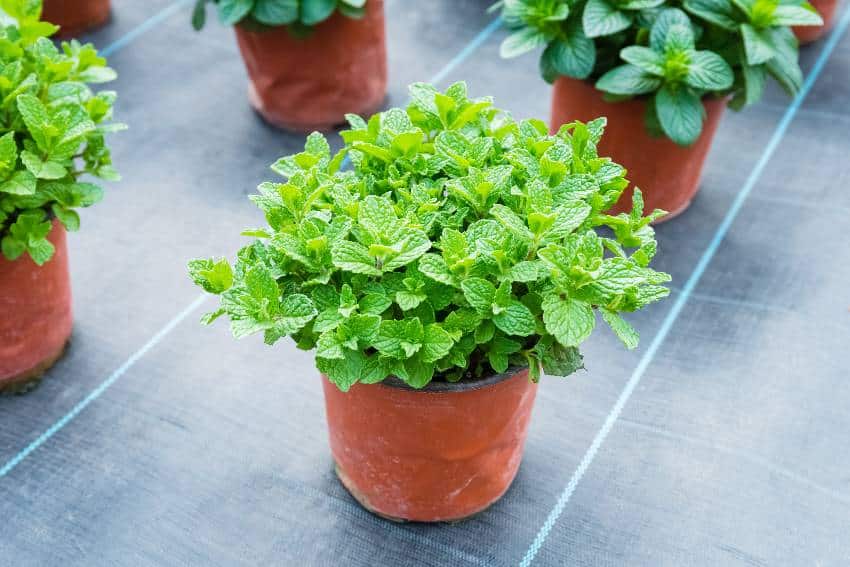
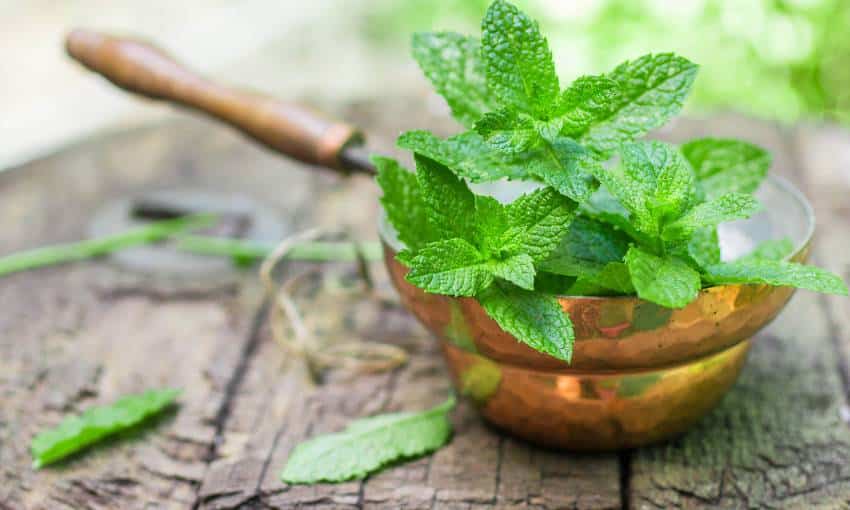

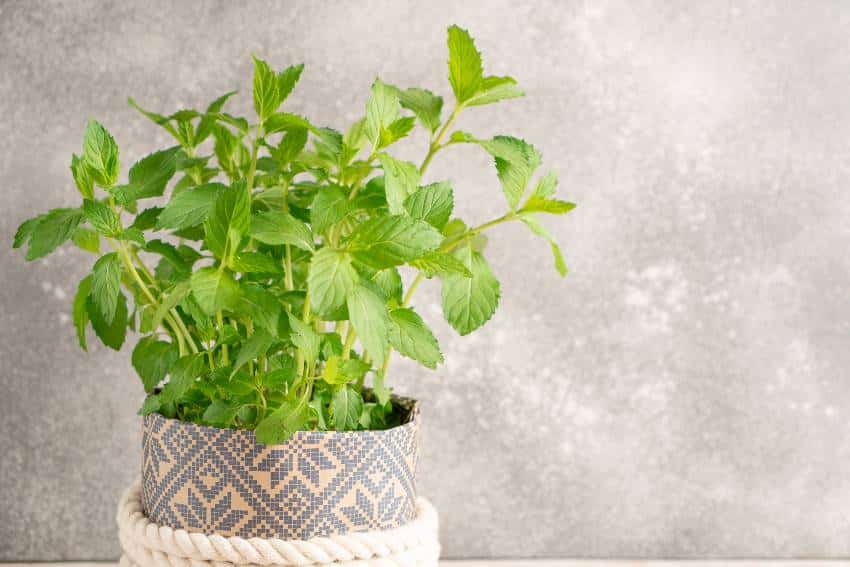
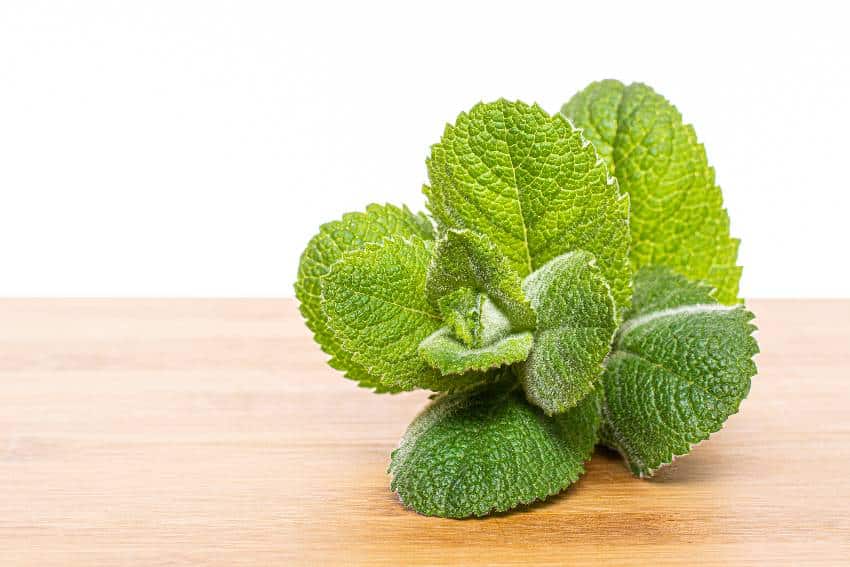
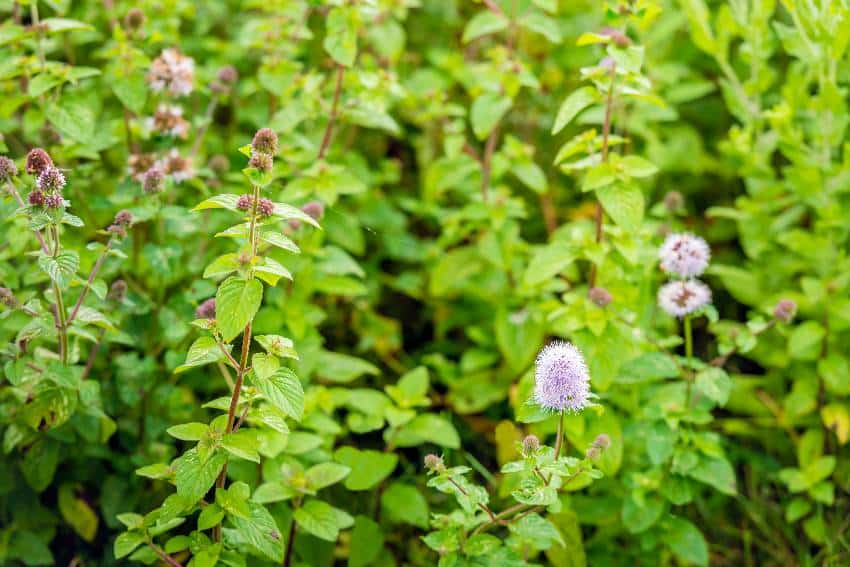
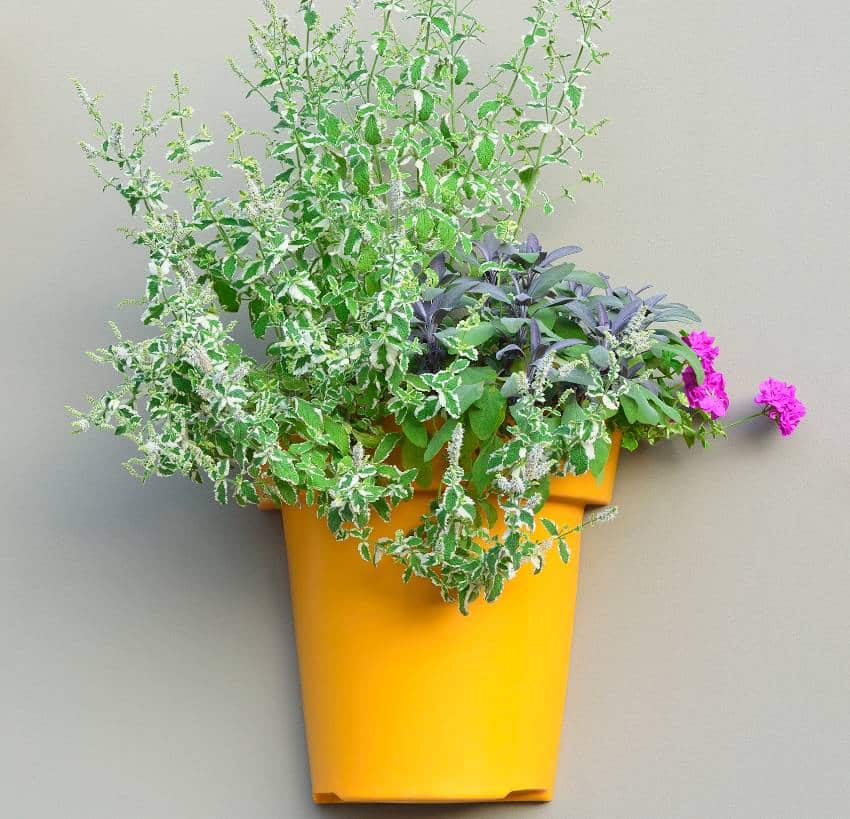

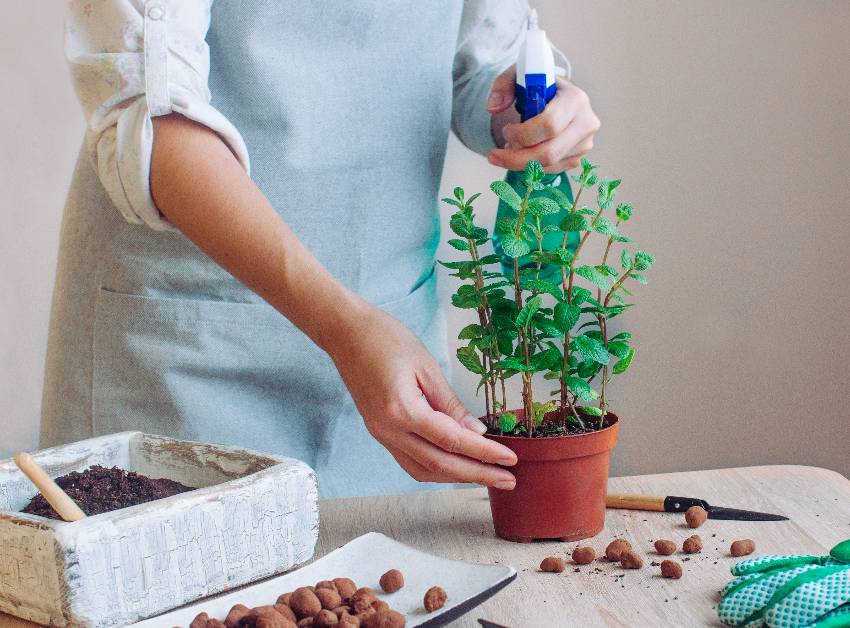

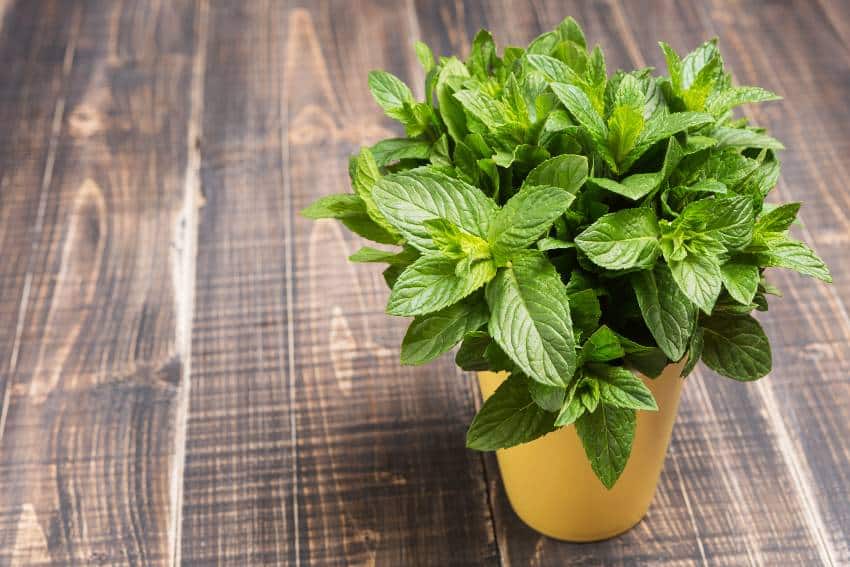
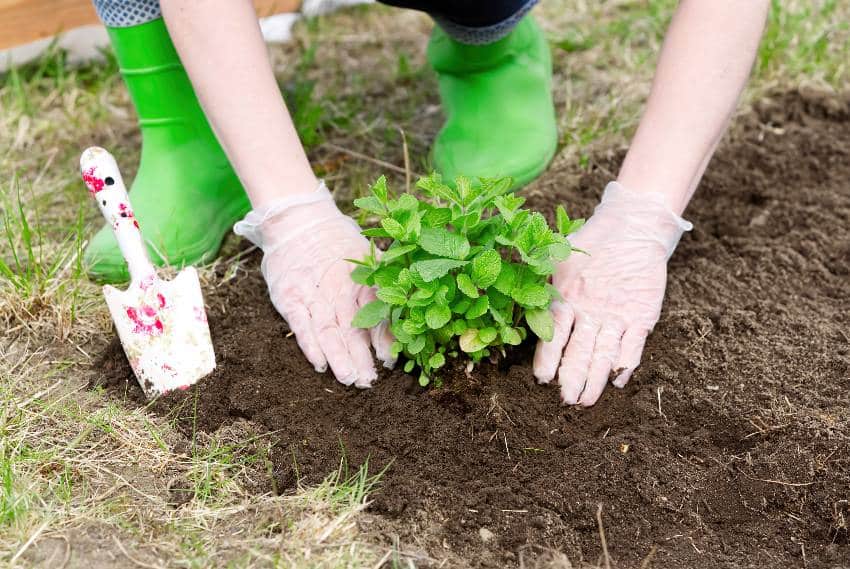
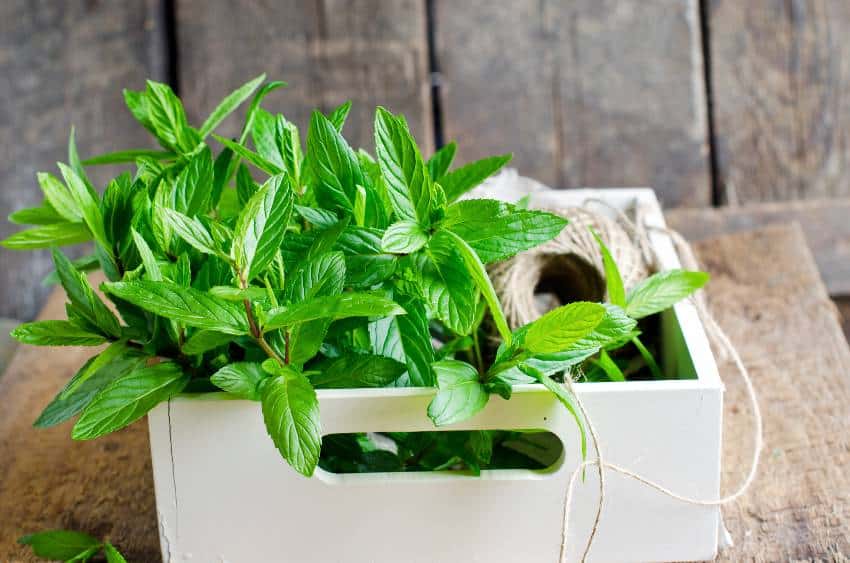
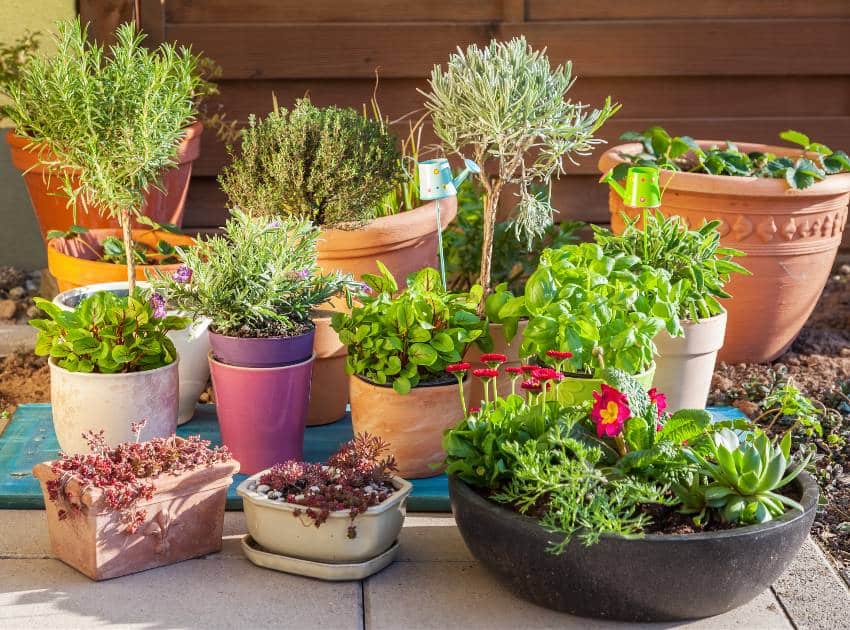
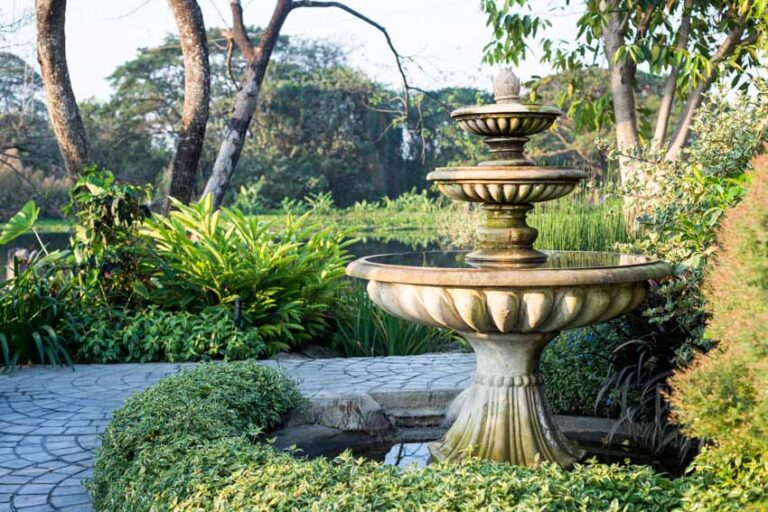
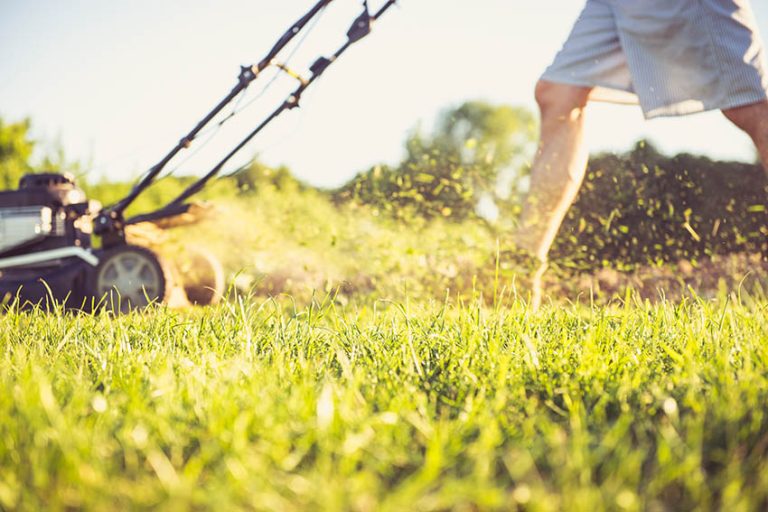

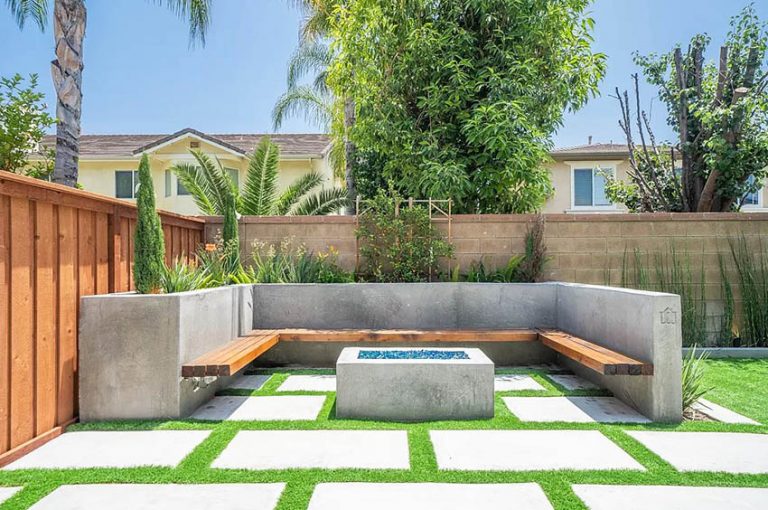
![129 Fence Designs & Ideas [Front & Backyard Styles]](https://designingidea.com/wp-content/uploads/2016/11/horizontal-wood-fence-with-wood-pergola-768x504.jpg)
